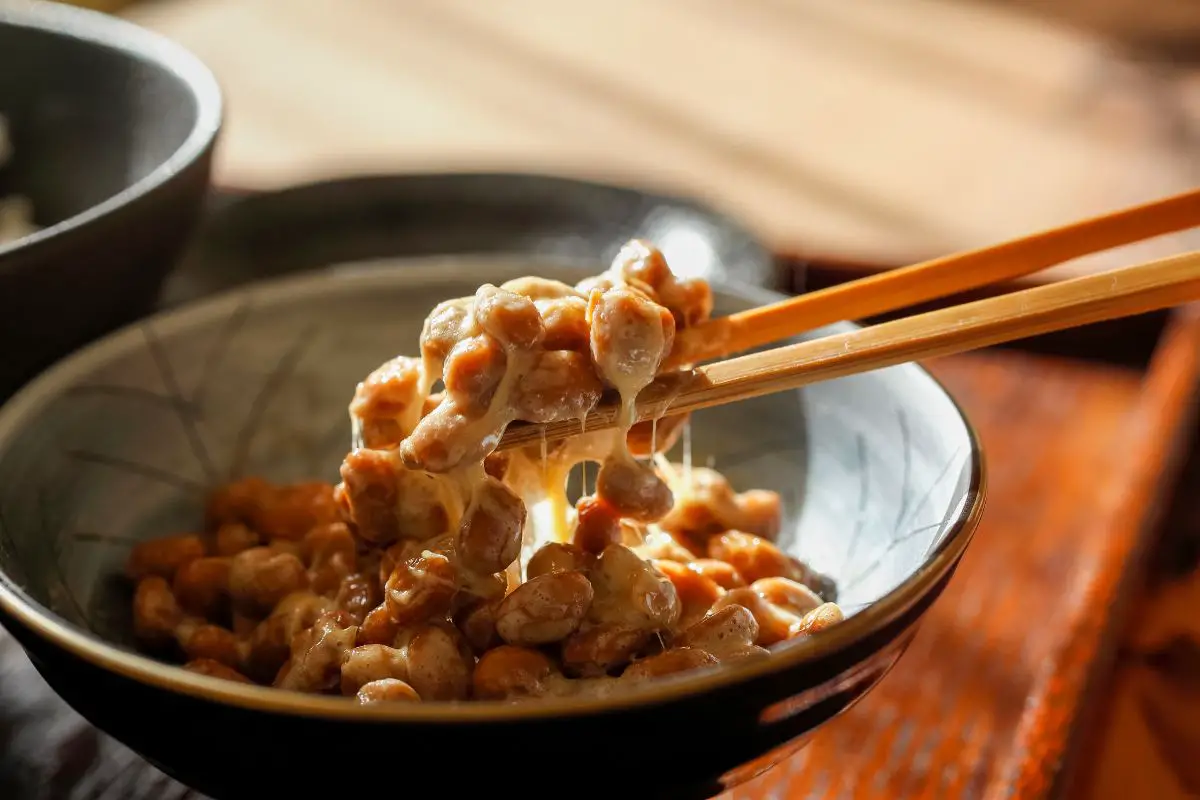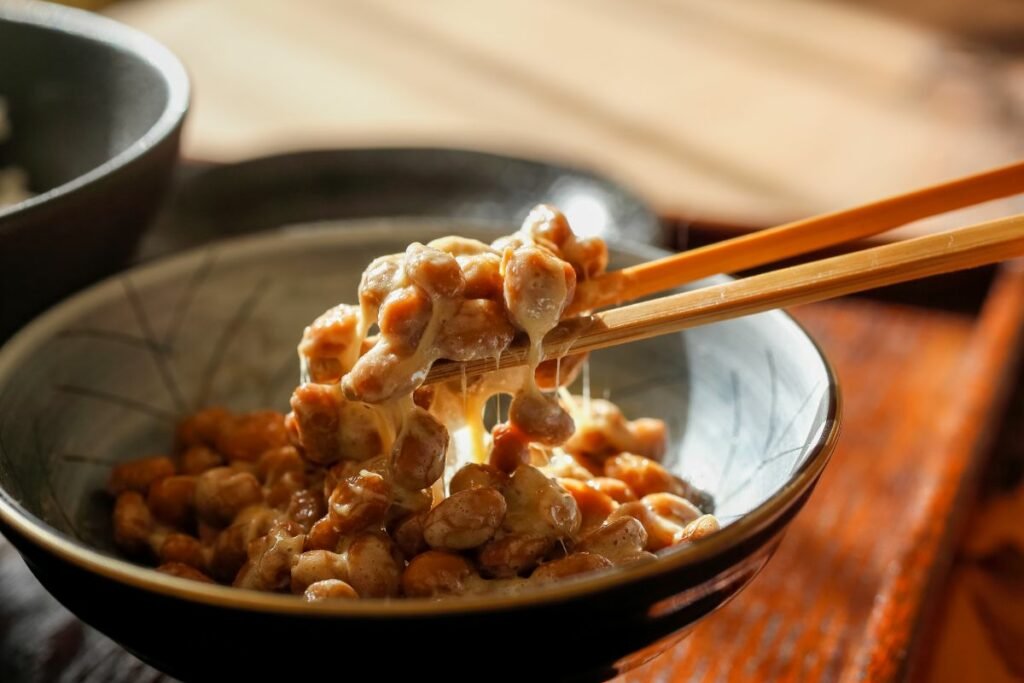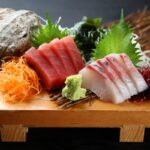If you have just stumbled across natto, you might be wondering how to eat it. While loved by the Japanese, in the western world, we are not as familiar with its gooey and sticky texture.
Traditionally, natto is placed on top of a bowl of rice. While at first it might look a little strange, one bite of natto is sure to make you crave more.

Having said that, it is often stated that it is an acquired taste – however, we will let you be the judge of that!
Natto is fermented soybeans which have been left whole. It has both its own unique flavor, smell and consistency making it a wonderful thing to try. Even if that is only once.
If you are curious as to how to eat natto, then you are in luck. In this article we shall take a look at the best way to eat natto, but also why it is so nutritious.
What Actually Is Natto?
Natto is a dish that consists of fermented soybeans. Native to Japan, it involves a very sticky and slimy texture that some people are put off by, while others are curious to give it a try.
The smell is quite strong and recognizable, with the flavor said to be quite nutty. This could be because soybeans have that nut-like (umami) taste to them.
Traditionally, natto is served on top of rice in a bowl. Other food items that might be included are chives, soy sauce and mustard, alongside many other types of seasonings.
The traditional method of creating natto was by boiling soybeans and wrapping them in rice straw. The rice straw naturally contained Bacillus subtilis on its surface which is a type of bacteria.
What changed the method of making natto was when scientists were able to isolate the bacteria Bacillus subtilis during the beginning of the 1900s.
This changed the method of making natto forever. Instead of using rice straw, styrofoam is used.
The styrofoam boxes are filled with soybeans which have been boiled, and then the Bacillus subtilis is added which will then start the process of fermentation.
How Do The Japanese Eat Natto?
If you receive traditional natto, you will likely have it in a bowl upon some rice with a few ingredients added for extra flavor.
Often this is spring onions or chives, and they are seen as add-ons for flavor rather than a main ingredient.
However, there are various other dishes that natto can be added to such as mixed within fried rice (natto chahan), as a breakfast (natto gohan), and even on toast (natto egg toast).
If you want something even more fun, try adding natto to an omelet, or putting it with melted cheese on toast. You can also add it to miso soup (see also, ‘What Does Miso Soup Taste Like?‘) for extra flavor.
There are a number of great ways to eat natto, especially if you are not too fond of its flavor with just simple rice and a sprinkle of spring onions.
How To Eat Natto With Rice?
The first thing you will notice about natto is how gloopy the texture is. Once you pick up one soybean, a few more will follow within its sticky gloop. Sounds nice, right?

This makes eating natto with chopsticks as a novice quite difficult. Unless you are super confident, it may be best to choose the spoon option. Still, you might find eating natto quite the challenge!
To make it easier, you can also stir the natto into the rice. While it will not stop the stickiness of the natto, you may find it easiest to eat alongside rice.
Stirring nato is actually a traditional Japanese custom too.
The Japanese believe that stirring the natto enhances the overall health benefits. However, how many times you stir it is a hotly debated question!
Stirring the natto also adds air to the fermented soybeans which gives the overall feel of a lighter textured natto when in the mouth. However, what it does not do is make it less sticky.
Stirring natto is completely optional. While some suggest it brings out the flavor more, others like to eat the rice and natto separately. So, you do you.
Is Natto Nutritious?
Natto is said to be very nutritious. In fact, often it is stated to be a ‘superfood’. This is because it contains a plethora of good stuff.
Some of these include: fiber, vitamin C, B6, K1 and K2, protein, magnesium, potassium, calcium, selenium, zinc, folate, iron, and so much more.
It also includes many antioxidants which can reduce the risk factor of many cancers and diseases.
Another reason natto beans are said to be so healthy is because they go through the fermentation process. This makes them a better choice over regular boiled soybeans.
The fermentation process introduces the soybeans to beneficial bacteria (probiotics) that we need to keep our gut and immune systems healthy.
The probiotics also help our body to digest food better. In turn this helps the nutrients to be absorbed into the gut easier.
While you might not like the flavor of natto – or maybe you do – they sure are a healthy option when it comes to dinner time.
Who Should Not Eat Natto?
While natto is perfectly fine for most people to eat, as with a lot of things, there are people who should not eat natto.
Because it includes vitamin K2, those who are on blood thinning medication should seek advice from a doctor first.
Also, soybeans are considered to be goitrogen. This may interfere with the thyroid gland, so if you have a thyroid issue seek advice first.
Final Thoughts
Natto is not only unique in every way, but it is also nutritious. This sticky Japanese native dish has an umami flavor due to the use of fermented soybeans.
It also includes high levels of probiotics too.
Traditionally it is served on top of rice, but it can be eaten in miso soup, on toast, and with tofu. Enjoy!









